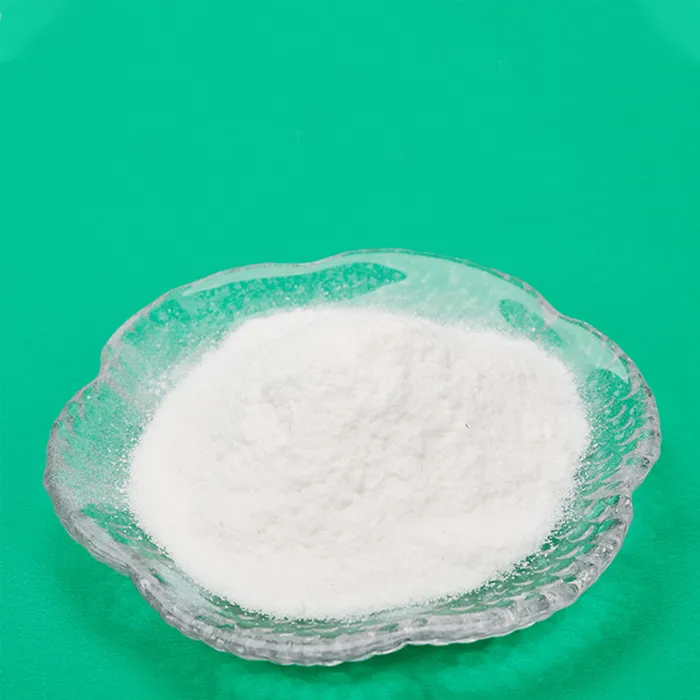Importance of Stability Testing for Active Pharmaceutical Ingredients and Finished Pharmaceutical Products
Stability testing is a critical component of the pharmaceutical development process, focused on assessing the quality of active pharmaceutical ingredients (APIs) and finished pharmaceutical products (FPPs) over time. It provides essential data on how various environmental factors – such as temperature, humidity, and light – impact the efficacy, safety, and quality of medications. By ensuring that pharmaceuticals maintain their intended characteristics throughout their shelf life, stability testing upholds both regulatory compliance and public health.
Understanding Stability Testing
Stability testing encompasses a series of systematic evaluations conducted to determine the stability of a drug product or ingredient. These tests assess various aspects, including chemical, physical, microbiological, and therapeutic properties, and are typically conducted under accelerated and long-term conditions. Regulations established by bodies such as the International Council for Harmonisation (ICH) provide specific guidelines on how to conduct these studies effectively.
Types of Stability Studies
1. Accelerated Stability Testing This involves storing the drug product at elevated temperatures and humidity levels to hasten degradation. By observing changes over a short period, researchers can predict the long-term stability of the pharmaceutical product.
2. Long-Term Stability Testing Conducted under recommended storage conditions (ambient temperature and humidity) for an extended period, this testing provides data about the product's behavior over its intended shelf life.
3. Real-Time Stability Testing Unlike accelerated studies, real-time testing monitors the product as it ages naturally in standard storage conditions. This is crucial for validating the shelf-life established through accelerated studies.
4. Stress Testing This evaluates how variations in environmental factors affect stability. It helps identify decomposition pathways and potential degradation products, which can be essential for risk assessment and formulation optimization.
stability testing of active pharmaceutical ingredients and finished pharmaceutical products

Regulatory Considerations
Regulatory authorities require that stability data be included in the registration dossier for new drugs. Agencies like the U.S. Food and Drug Administration (FDA) and the European Medicines Agency (EMA) have established guidelines that prescribe the protocols and conditions for stability testing. The ICH Q1A(R2) guideline outlines the necessary stability testing requirements across different climates and suggests documenting results to support product shelf-life claims on labels.
Benefits of Stability Testing
1. Safety Assurance Stability testing ensures that pharmaceutical products remain safe for consumption over time. By identifying degradation products and potential toxicities, manufacturers can mitigate risks associated with ineffective or harmful medications.
2. Quality Control Consistent stability profiles ensure that products maintain their intended potency, efficacy, and overall quality. This is particularly important for drugs where therapeutic efficacy is highly sensitive to changes in formulation.
3. Market Confidence Pharmaceutical companies that conduct thorough stability studies can market their products with confidence, enhanced by regulatory approval. This fosters trust among healthcare providers and patients.
4. Cost Efficiency By identifying stability issues early in the development process, companies can make necessary adjustments before commercial production. This proactive approach can mitigate costs associated with product recalls or reformulations.
Conclusion
In summary, stability testing is an indispensable process in the development and regulation of active pharmaceutical ingredients and finished pharmaceutical products. By ensuring that these products retain their quality, safety, and efficacy over time, stability testing not only fulfills regulatory requirements but also protects public health. As pharmaceutical science continues to advance, the methodologies and technologies associated with stability testing are expected to evolve, ensuring even greater assurances for the efficacy and safety of medications. Ultimately, a comprehensive approach to stability testing will continue to play a fundamental role in the lifecycle of pharmaceutical products, leading to enhanced therapeutic outcomes for patients worldwide.

